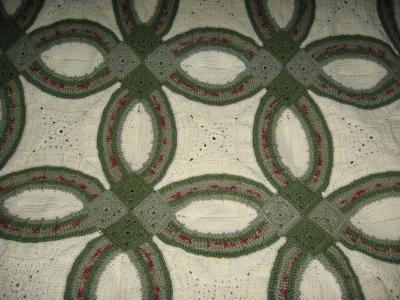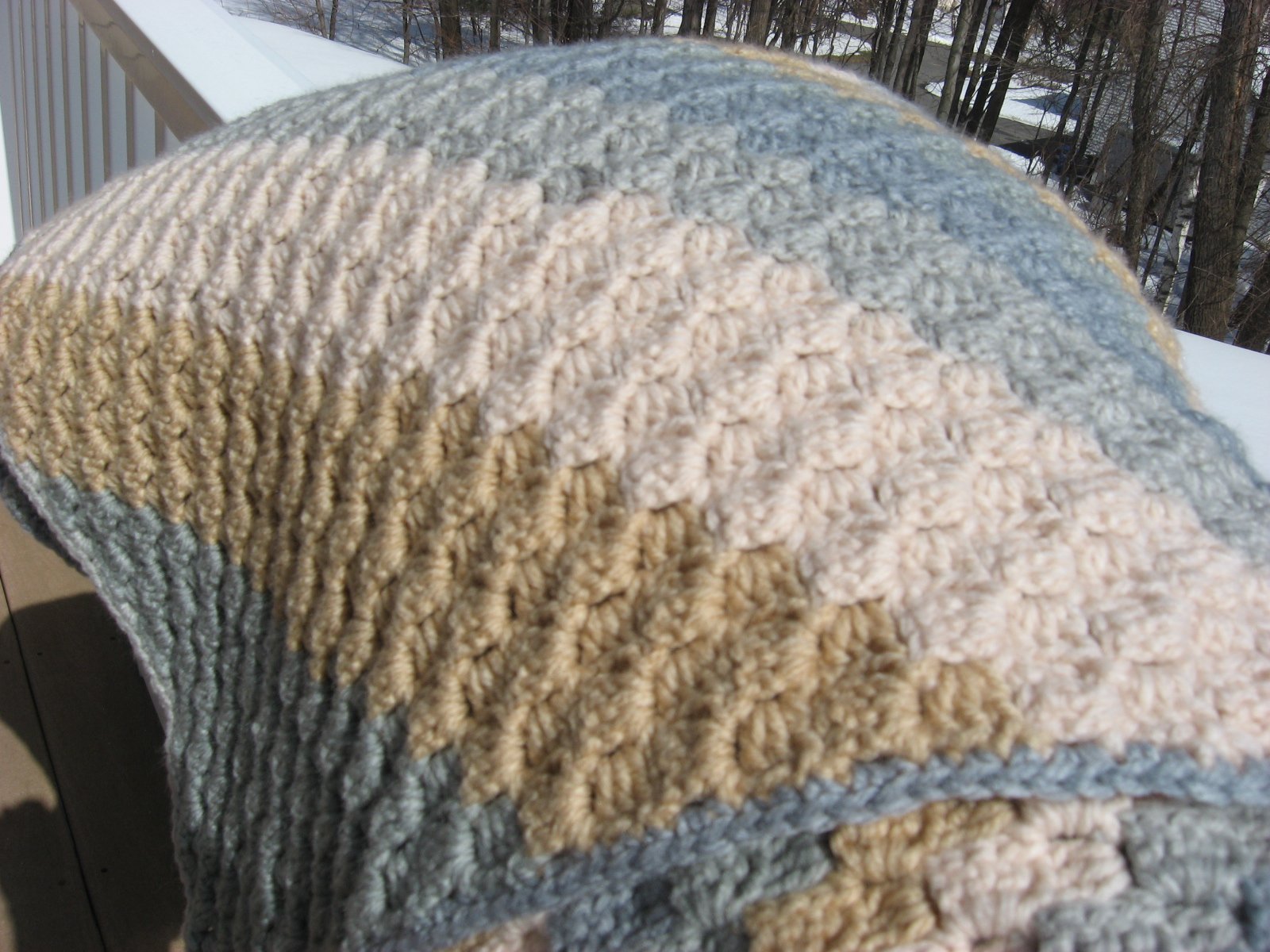
And throughout fashion history, designers have been swiping motifs from other cultures-from China and Japan in Victorian times, Egypt in the 1920s, and West Africa and Latin America in the ’60s.īut Native Americans have a unique place in the history of the United States. For example, the pattern we think of as “paisley”-now most commonly seen on ties-was once a holy symbol of the Zoroastrians in Persia.

Of course, this is not the first time Western fashion has appropriated imagery in the name of aesthetics, as fashion historian Lizzie Bramlett points out in her blog, The Vintage Traveler. “Our land, our moccasins, our headdresses, and our religions weren’t enough? You gotta go and take Pendleton designs, too?” “The issue now is not only who gets to represent Native Americans,” Metcalfe says, “but also who gets to profit.” That, of course, gets tiring, because this has been happening since the good old days of the Hollywood Western in the 1930s and ’40s, where they hired non-native actors and dressed them up essentially in redface. So now you have non-native people representing us in mainstream culture. Metcalfe, a Turtle Mountain Chippewa and doctor of Native American studies who teaches at Arizona State University and blogs about Native American fashion designers at Beyond Buckskin, “is that they’re putting it out there as ‘This is the native,’ or ‘This is native-inspired’. Photo by Major Lee Morehouse, courtesy of Bob Kapoun, via “Language of the Robe.” government, which had ordered the Nez Perce to move to an Idaho reservation.

He is famous for leading a long-standing resistance to the U.S. Forever 21 and designer Isabel Marant also missed the memo that the tribe has a trademark on its name thanks to the Federal Indian Arts and Crafts act of 1990, it’s illegal to claim a product is made by a Native American when it is not.Ĭhief Joseph wears a Pendleton blanket in 1901. The company that’s stirred up the most controversy so far is Urban Outfitters, which offered a “Navajo” line this fall (items included the “Navajo Hipster Panty” and “Navajo Print Fabric Wrapped Flask”) before the Navajo Nation sent the company a cease and desist order that forced it to rename its products. As you peruse your local mall, you might find yourself drawn to beautiful geometric patterns in vibrant colors, long associated with Navajo rugs, Pendleton “Indian trade” blankets, and Southwest Native American pottery. They’ll be everywhere you look, on sneakers, pricey handbags, home decor, and high-fashion skirts, coats, and jackets.īut many Native Americans are less than thrilled that this so-called “native look” is trendy right now.


 0 kommentar(er)
0 kommentar(er)
